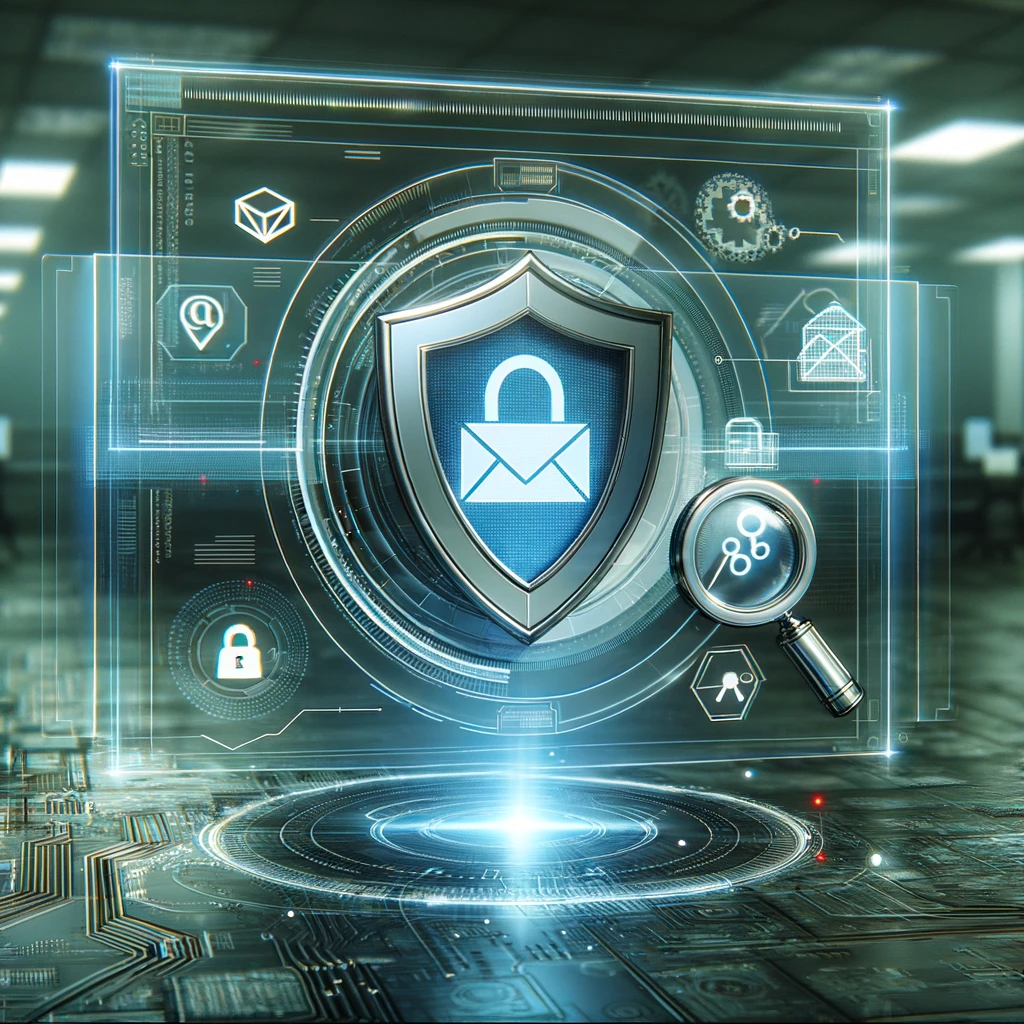Nonprofit organizations play a crucial role in addressing societal issues, providing essential services, and supporting vulnerable communities. However, as these organizations increasingly rely on digital tools and platforms to fulfill their missions, they become attractive targets for cybercriminals. The rise of cyber threats against nonprofits poses significant risks to mission-critical data, financial stability, and the trust of donors and beneficiaries. In this blog post, we will explore the nature of cyber threats facing nonprofits, the unique challenges they encounter, and strategies for protecting mission-critical data.
The Growing Cyber Threat Landscape for Nonprofits
Nonprofits face a variety of cyber threats that can jeopardize their operations and impact their ability to serve their communities. Some of the most common threats include:
- Phishing Attacks: Cybercriminals use phishing emails to deceive nonprofit staff into revealing sensitive information, such as login credentials and financial details. These attacks can lead to unauthorized access to email accounts, databases, and financial systems.
- Ransomware: Ransomware attacks involve malicious software that encrypts an organization’s data, rendering it inaccessible until a ransom is paid. Nonprofits, with their often limited financial resources, may struggle to recover from such attacks.
- Data Breaches: Nonprofits collect and store sensitive information about donors, beneficiaries, and staff. Data breaches can result in the exposure of personal and financial information, leading to identity theft and loss of trust.
- Social Engineering: Attackers manipulate individuals within the organization to gain access to confidential information or systems. This can include impersonating a trusted colleague or exploiting human error.
- Insider Threats: Malicious or negligent actions by employees or volunteers can lead to data breaches and other security incidents. Insiders may intentionally steal data or inadvertently create vulnerabilities.
Unique Challenges Faced by Nonprofits
Nonprofits face several unique challenges in addressing cyber threats:
- Limited Resources: Many nonprofits operate on tight budgets and may lack the financial resources to invest in advanced cybersecurity measures. This can result in outdated software, inadequate security infrastructure, and insufficient training for staff.
- Lack of Cybersecurity Expertise: Nonprofits may not have dedicated IT or cybersecurity staff, relying instead on volunteers or external contractors. This can lead to gaps in security knowledge and practices.
- High Turnover and Volunteer Workforce: Nonprofits often experience high staff turnover and rely on volunteers, making it challenging to maintain consistent cybersecurity practices and training.
- Focus on Mission: The primary focus of nonprofits is on their mission and service delivery, which can sometimes overshadow the importance of cybersecurity. Balancing mission-critical activities with the need for robust security measures can be difficult.
Strategies for Protecting Mission-Critical Data
Despite these challenges, there are several effective strategies nonprofits can implement to protect their mission-critical data:
- Implement Strong Access Controls: Restrict access to sensitive information based on the principle of least privilege. Ensure that only authorized personnel have access to critical systems and data.
- Regularly Update Software: Keep all software, including operating systems and applications, up to date with the latest security patches. This reduces the risk of exploitation through known vulnerabilities.
- Conduct Security Training: Provide regular cybersecurity training for all staff and volunteers. Training should cover topics such as phishing awareness, password management, and recognizing social engineering tactics.
- Use Multi-Factor Authentication (MFA): Implement MFA for all accounts to add an extra layer of security. This makes it more difficult for attackers to gain access using stolen credentials.
- Backup Data: Regularly back up mission-critical data and ensure backups are stored securely and tested periodically. In the event of a ransomware attack or data breach, backups can facilitate recovery.
- Develop an Incident Response Plan: Create and regularly update an incident response plan that outlines the steps to take in the event of a cyber incident. Ensure that all staff are familiar with the plan and conduct regular drills.
- Engage Cybersecurity Experts: If resources allow, consider engaging cybersecurity experts to conduct risk assessments, provide training, and assist with implementing security measures. Grants and partnerships with cybersecurity organizations can also provide valuable support.
- Leverage Free and Low-Cost Tools: Take advantage of free and low-cost cybersecurity tools and resources available to nonprofits. Many cybersecurity companies and organizations offer discounts, grants, or pro bono services to support nonprofit security efforts.
Conclusion
The rise of cyber threats against nonprofits underscores the need for proactive cybersecurity measures to protect mission-critical data. By understanding the unique challenges they face and implementing effective strategies, nonprofits can enhance their resilience against cyber attacks and continue to fulfill their vital missions. Investing in cybersecurity is not just about protecting data; it’s about safeguarding the trust and support of donors, beneficiaries, and the broader community. With the right approach, nonprofits can build a secure digital foundation that supports their mission and service delivery.

Penetra Cybersecurity is at the forefront of defending the digital frontier, providing cutting-edge solutions to protect businesses and organizations from the ever-evolving threats of the cyber world. Established with a mission to create a safer internet for everyone, Penetra leverages a blend of advanced technology, expert knowledge, and proactive strategies to stay ahead of cybercriminals.
Ready to take the next step towards a more secure future? Schedule a consultation with us today and discover how we can help protect what matters most to you. Don’t wait until it’s too late—with Penetra Cybersecurity, your business isn’t just secure; it’s imPenetrable.




